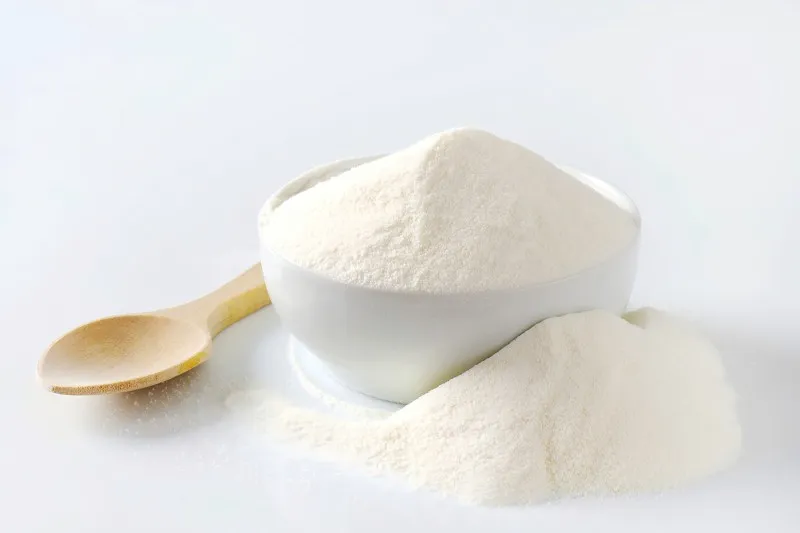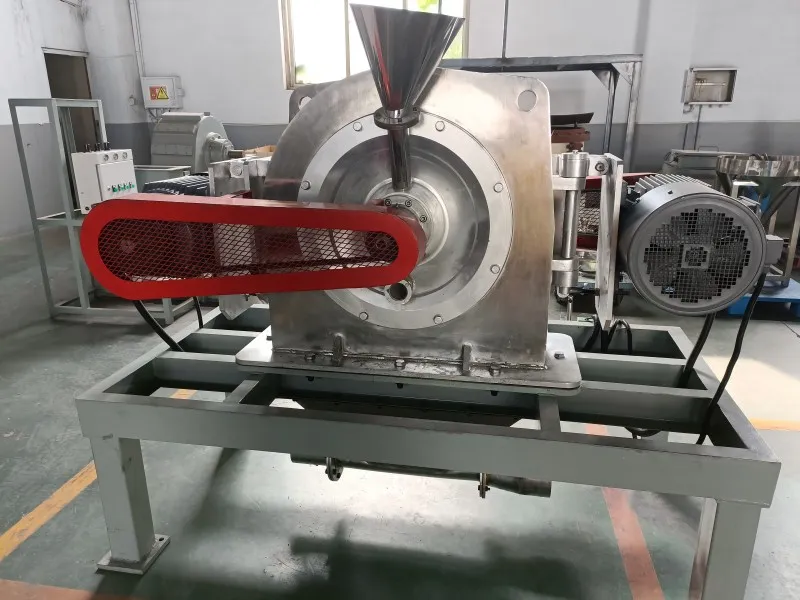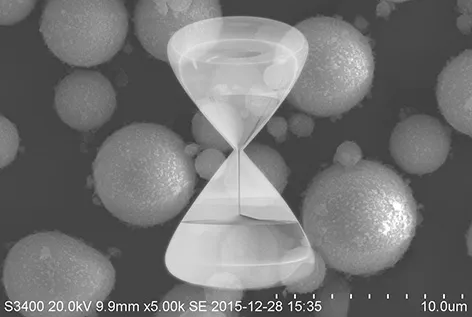Plant-based proteins are increasingly vital in global food and pharmaceutical markets. Achieving ultrafine particle sizes (<50 µm) enhances solubility and bioavailability but risks nutrient degradation. Food-grade pin mill address this balance, offering precision grinding while preserving nutritional integrity.

Understanding Food – Grade Pin Mills
Structure and Working Principle
Food – grade pin mills are equipped with a set of rotating pin discs within a well – designed chamber. The material, in this case, plant protein, is fed into the chamber. As the pin discs rotate at high speeds, the pins on the discs collide with the protein particles. This high – velocity impact shears and crushes the particles, reducing their size and achieving the desired fineness. The design of the pin discs and the chamber is optimized to ensure efficient and uniform grinding.
Features and Advantages in the Food Industry
One of the key features of food – grade pin mill is their hygienic design. They are constructed using materials that are compliant with food – safety standards, preventing any contamination of the product. Additionally, these mills offer a high degree of adjustability. Operators can control parameters such as the speed of the pin discs, the distance between the pins, and the feed rate of the material. This adjustability allows for precise customization of the grinding process to suit different types of plant proteins and desired fineness levels.

Strategies for Nutrient Preservation
- Temperature Control: Operating below 60°C avoids protein denaturation and vitamin loss.
- Closed Systems: Minimize oxygen exposure, preserving antioxidants and unsaturated fats.
- Rapid Processing: Short residence time (<5 seconds) inactivates enzymes that degrade nutrients.
Case Studies
- Soy Protein: Particle size reduced from 610 µm to 39 µm, boosting nitrogen digestibility by 15%. Lysine and isoflavone retention exceeded 97%.
- Pea Protein: Achieved 95% particles <50 µm, ideal for sports nutrition. Nutrient loss was limited to <3% even at industrial scales (500 kg/h).
- Pharmaceutical Compliance: TGA-certified processes ensure proteins meet strict bioavailability standards for drug formulations.
Future Directions
- Nanoparticle Production: Sub-micron grinding (<1 µm) for enhanced nutrient absorption in nutraceuticals.
- AI-Driven Optimization: Machine learning models predict ideal grinding parameters for novel plant sources (e.g., algae, hemp).
- Circular Economy: Upcycling agricultural by-products into premium protein powders, reducing waste.
Conclusion
Food-grade pin mills revolutionize plant protein processing, delivering finer powders without compromising nutrition. With innovations in IoT, materials, and sustainability, these systems are poised to meet growing demand in health-focused and eco-conscious markets.

